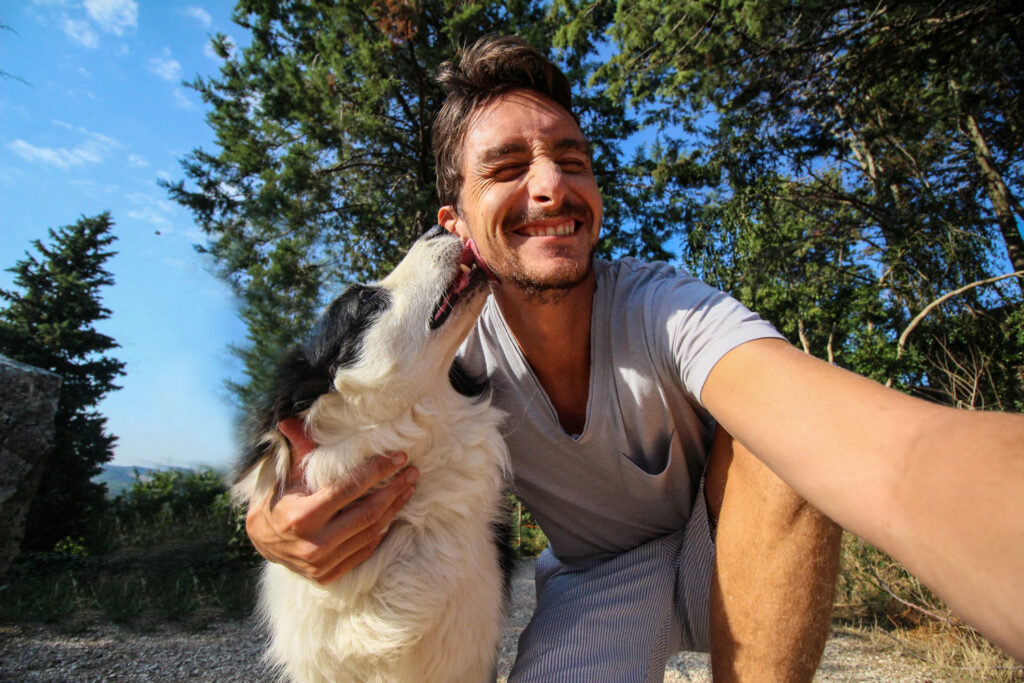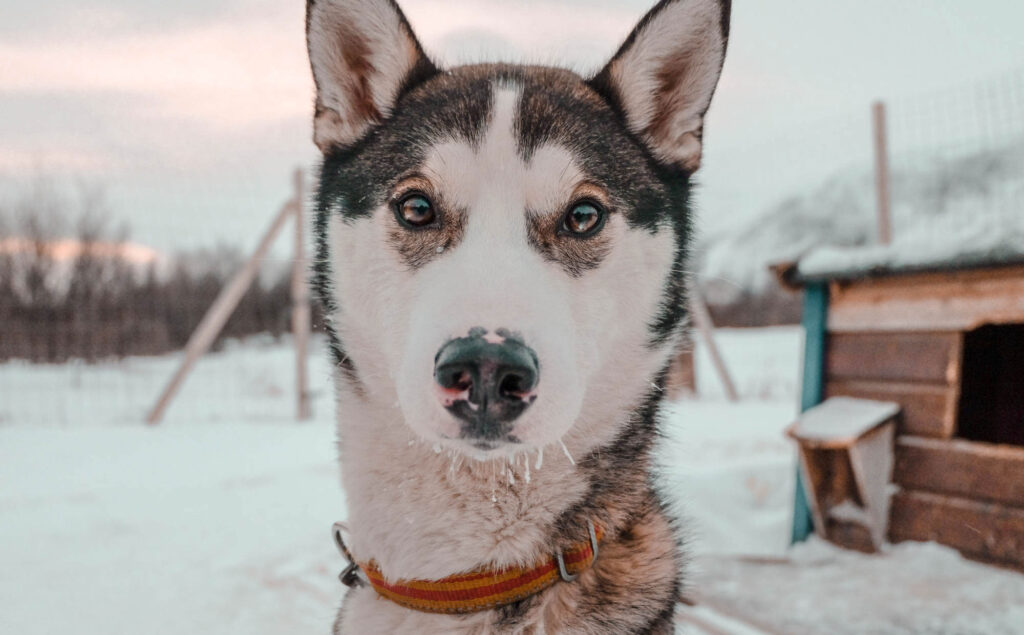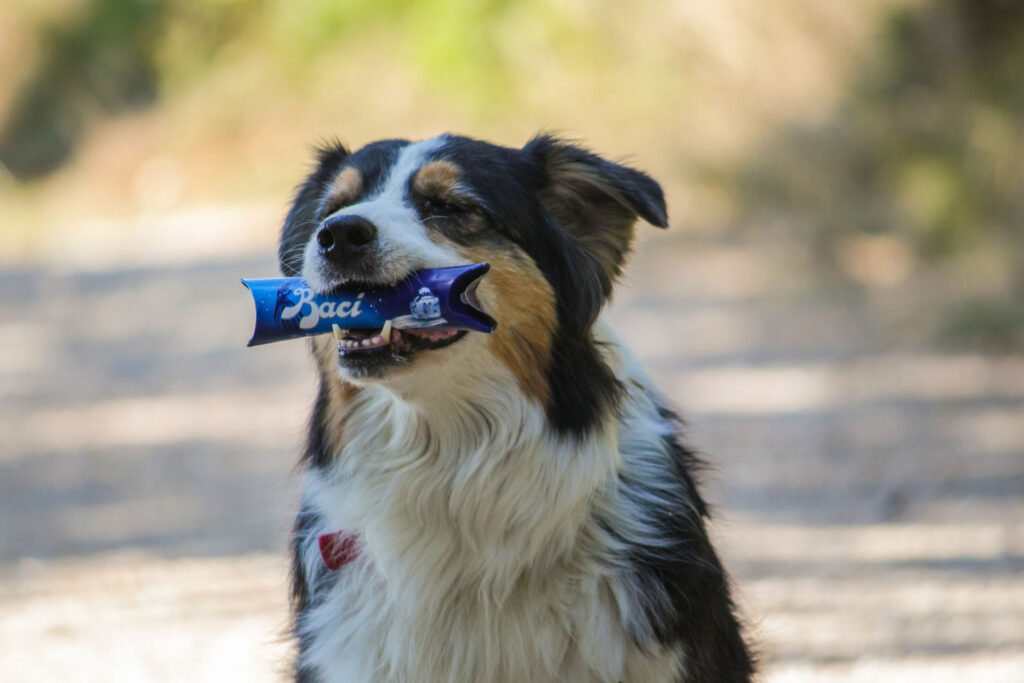
26 May Vacation With Your Best Friend: Tips for Traveling With a Pet
We know what you’re thinking: why leave your pet behind when you can bring them on an adventure of a lifetime? Whenever you travel by a form of transport requiring a ticket or reservation, learn everything you can about how your pet can travel with you. Sometimes, the journey is just as important as the destination, even if it means you and your pet may have to travel separately.
Regular trips take immense attention to detail, but traveling with your pet means paying even more attention to your booking, including how you get there.
Traveling By Train
Taking a train is one of the easiest ways to get around the country (if you have the luxury of train travel in your country, of course). When visiting somewhere like Europe, a train can let you see several sights while spending time with your best friend. While it might take longer than some forms of transportation, it’s still a safe way to travel with your pet — if they meet the requirements.
Regulations May Vary
Check with your chosen train to ensure your pet can ride freely. Some trains may only accept smaller pets, like cats or dogs under 20 pounds or so. You may need adequate paperwork or to give your pet boosters or immunizations to allow them safe passage into a new place.
For example, Amtrak allows pets under 20 pounds to travel on rides of up to seven hours, ensuring you can reach your destination with your pet. Others might have a limit on how many pets they accept per car, so try to book your pet’s ticket early enough to ensure their presence on your ride.
Prioritize Your Pet
On longer stops, take your pet out of the train car and allow them to stretch their legs. Keep an eye on the time — the train will likely leave without you if you aren’t back in the car in time. Just make sure to give them plenty of water and help them rest comfortably throughout the ride.

Traveling By Plane
Many pet owners are apprehensive about traveling by plane with their larger pets. Most airlines will require large pets to be crated and put in the cargo hold to ride with people’s checked baggage. You must check before making any decisions, and have money to cover any associated fees with your airline or the country you’re bringing your pet into.
Flying in the Cargo Hold
If you have a larger dog, they likely must fly in the cargo hold. Unfortunately, that means they won’t be with you in the cabin.
Understandably, you might have reservations about putting your pet in the cargo hold — especially since there were numerous deaths, injuries or misplacements of pets in the decade between 2010 and 2020. However, you can talk with your veterinarian and chosen airline to understand all the precautions they’ll take to keep your pet safe. You should also look for pet-friendly airlines that will go out of their way to assure you of your pet’s care.
Remember to tell flight attendants you have a pet in the cargo hold. That way, the pilot might be extra careful to prioritize your best friend. You could also ask to watch your pet be loaded and unloaded before and after the flight. That way, you can comfort your pet and keep an eye on their handling. Otherwise, you just need to make your pet comfortable and relax for the rest of your trip.
All About the Crate
If your pet is small enough to fly in the cabin with you, you must have a carrier that can fit under the seat in front of you and house your best friend for the duration of the flight. When bringing your pet on a plane, schedule a morning flight when temperatures are cooler, as many airlines won’t let pets fly in hot weather.
Be sure to pack food or medication if your dog needs it, especially if you have a connecting flight. That way, whoever unloads them can care for them according to the instructions. Another great idea is to add ice to their in-crate water bowl. The ice won’t slosh out during boarding as water might and over time, it will thaw and your pet will have something to drink during their flight.
Talk to Your Veterinarian
Using sedatives during air travel can lead to heart or breathing problems for your pet. Try to stay away from them and talk to your vet if you have any worries about your pet flying in the cargo hold.
Likewise, if something appears wrong with your pet after the flight, seek out a veterinarian immediately and have them do a complete examination. You want to ensure your best friend can enjoy every upcoming adventure to its fullest.

Traveling By Sea
Some cruise liners allow dogs to stay in private cabins with guests, while others require them to be in a different place entirely. If the main point of your vacation is to spend time with your pet, only book a cruise if you know they’ll be allowed in your room. Otherwise, you’ll be separated the entire time.
Even if you must be separated, check on your pet in the kennels often. They may feel better with a familiar face around. You should also advocate for your pet and ensure they’re in a safe environment, protected from the elements. Ensure the space is free of allergens as well, as something as small as mold can cause your pet’s allergies to act up.
Traveling By Car
Traveling with your best buddy by car is the easiest way to transport them. You don’t need to purchase an extra ticket or have specific paperwork completed to travel with them. Traveling by car to your destination might give you the greatest peace of mind and allow you to spend more time with your best friend.
Know the Safety Precautions
The safest place for your dog in the car is anywhere they’re stable. A crate secured in your vehicle is the best place for your pup in case of an accident, but sometimes, those accommodations aren’t possible. You should aim to restrain your dog from moving around the car, as they could pose a distraction that causes you to wreck. You might also use a pet seatbelt or tether their leash to the backseat somehow, but that can’t always protect them in a crash.
On the other hand, cats can be difficult to travel with by car, as they often don’t like vehicles. You can restrain your cat in a carrier, where they’ll likely feel much safer. Regardless of how your pet rides, you should remember not to leave them alone in a car.
Car temperatures can rise quickly — even within 15 minutes — and your pet could start displaying symptoms of heat exhaustion or another heat injury. Remember to keep the air conditioning on for your pets in the car if you must leave them, but it’s better not to do so.
Keep Your Pet Comfortable
Traveling by car poses a set of challenges as well. Your pet may not be entirely comfortable if they can’t stretch out all the way, while others might have motion sickness the moment they get in a moving vehicle. Talk to your veterinarian about how to ease your pet’s physical symptoms or anxiety around driving. You want them to be safe and happy on your little road trip.
You should allow plenty of pit stops to keep your pet comfortable. If you’re in The States, try using the Roadside America app to help you find places you can explore while driving — it might make for an interesting stop.
If they don’t have access to water in the car, you can give them water at every stop, ensuring they remain hydrated. A pit stop is the perfect time for you to feed your pets as well. You should try to keep them on the same schedule as at home, slowly allowing them to adjust to the new time zone.

Make Room in Your Adventures for Your Pet
Overall, you should do plenty of research beforehand to know exactly what your pet needs to travel with you most efficiently. Always keep a few copies of your pet’s medical records on you when traveling so you can present them to any travel service or emergency vet. You must be well-prepared for any trip, but you should take extra care to accommodate your pet.
Author Bio
Jack Shaw is a freelance lifestyle writer and dedicated traveller. His writing focuses on exploring the food, culture and beautiful views of wherever life decides to throw him. Stories of his travel can be seen in Modded, The Travel Facts, Urban Adventure and more. Jack has a love of all all things outdoors, and spends much of his free time taking on local hiking trails and state parks.



No Comments